Home>Ideas and Tips>Upgrading Your Home’s Basement With DIY Vapor Barrier
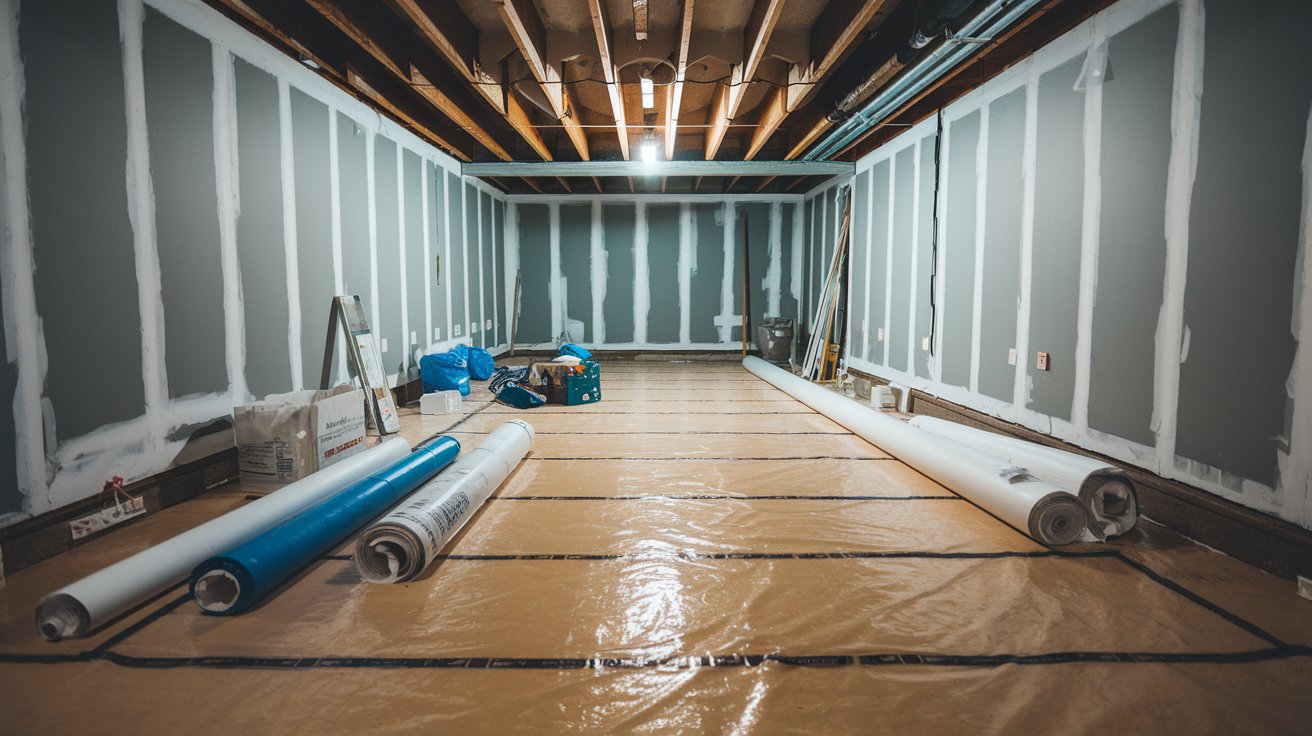

Ideas and Tips
Upgrading Your Home’s Basement With DIY Vapor Barrier
Modified: October 18, 2024
Learn how to install a DIY vapor barrier in your basement to prevent moisture, reduce humidity, and enhance energy efficiency. Step-by-step guide included.
(Many of the links in this article redirect to a specific reviewed product. Your purchase of these products through affiliate links helps to generate commission for Storables.com, at no extra cost. Learn more)
Basements are often the most neglected areas of a home, but they can also be the most valuable spaces for storage, entertainment, and even living quarters. However, basements are also prone to moisture issues, which can lead to mold, mildew, and structural damage. One of the most effective ways to protect your basement from moisture is by installing a vapor barrier. In this article, we will guide you through the process of upgrading your home's basement with a DIY vapor barrier, ensuring that your space remains dry and comfortable.
Understanding Vapor Barriers
A vapor barrier is a layer of material that prevents moisture from entering your basement. It is typically made of plastic sheeting, such as polyethylene or polyurethane, which has a low permeability to water vapor. The primary function of a vapor barrier is to prevent moisture from rising from the ground into the basement, thereby reducing the risk of mold and water damage.
Why You Need a Vapor Barrier
-
Prevents Moisture: The most significant advantage of a vapor barrier is its ability to prevent moisture from entering your basement. This is crucial because moisture can lead to mold growth, structural damage, and other issues.
-
Reduces Humidity: By preventing moisture from entering the basement, a vapor barrier helps maintain a stable humidity level. This makes your basement a more comfortable space for storage or living.
-
Protects Insulation: A vapor barrier also helps protect insulation from moisture damage. When insulation gets wet, it loses its insulating properties and becomes less effective.
-
Enhances Energy Efficiency: By keeping the basement dry and well-insulated, a vapor barrier contributes to overall energy efficiency. A dry basement means less risk of condensation on walls and ceilings, which can reduce heating costs in winter and cooling costs in summer.
Preparing Your Basement for a Vapor Barrier
Before installing a vapor barrier, it's essential to prepare your basement properly. Here are some steps you should take:
-
Clean the Area: Ensure the area is clean and free of debris. This will make it easier to work with the vapor barrier and ensure it adheres properly to the walls.
-
Check for Cracks: Inspect the walls and floor for any cracks or gaps. Seal these cracks with caulk or epoxy to prevent moisture from entering through them.
-
Remove Old Vapor Barriers: If there is an existing vapor barrier that is damaged or outdated, remove it before installing a new one.
-
Install a Drainage System: If you have a perimeter drain system in place, ensure it is functioning correctly and tied into the vapor barrier.
Choosing the Right Vapor Barrier
When selecting a vapor barrier, consider several factors:
-
Material: The most common materials used for vapor barriers are polyethylene and polyurethane sheeting. These materials are durable and effective at preventing moisture.
-
Thickness: The thickness of the vapor barrier can vary but typically ranges from 6 mil to 10 mil. Thicker barriers offer better protection but may be more difficult to handle.
-
Size: Choose a vapor barrier that is slightly larger than your basement area to ensure it covers all surfaces properly.
-
Seam Sealing: Use house-wrap tape or acoustical sealant to seal seams and ensure the barrier is secure.
Installing the Vapor Barrier
Installing a vapor barrier is a straightforward process that requires some basic tools and materials:
-
Lay Out the Barrier: Unroll the vapor barrier and lay it out in your basement, ensuring it covers all walls and floors.
-
Secure the Barrier: Use staples or nails to secure the vapor barrier to the walls and floor. Make sure to seal any seams with house-wrap tape or acoustical sealant.
-
Overlap Corners: Leave a 4-6 inch fold at corners so that the poly can move slightly without being stressed.
-
Seal Perimeters: Use urethane caulk to glue the vapor barrier to side walls and ensure it is tightly sealed at perimeters.
-
Add Insulation: Once the vapor barrier is in place, you can add insulation such as fiberglass batts or rigid foam board. Ensure that insulation does not touch concrete walls directly as this can lead to moisture issues.
Read more: How To Install Vapor Barrier In Basement
Additional Tips for Basement Insulation
In addition to installing a vapor barrier, proper insulation is crucial for maintaining a comfortable basement environment:
-
Insulation Types: Common types of insulation include fiberglass batts, rigid foam board (XPS), and spray foam. Each type has its own advantages and disadvantages.
-
R-Value: Ensure that your insulation meets or exceeds local building codes for R-value requirements. For example, in many regions, R-15 or R-20 insulation is recommended.
-
Air Sealing: Proper air sealing is essential to prevent air leaks that can compromise insulation effectiveness and lead to moisture issues.
-
Thermal Breaks: Consider adding thermal breaks like rigid foam board between concrete walls and wood framing to prevent cold temperatures from transferring through foundations.
Case Studies and Real-World Examples
Example 1: Basement Renovation in Southern Ontario
A homeowner in Southern Ontario was renovating their 60-year-old basement room (14×25 feet). They had already installed four stud walls backed by Tyvek paper but were unsure about whether to insulate or vapor barrier the interior wall. According to experts on home improvement forums, it is generally recommended not to insulate or vapor barrier the interior wall as this may lead to moisture issues. Instead, they should use batt insulation for the walls and apply a relatively loose poly moisture barrier like a curtain from the top of the foundation to the floor of the basement. This setup ensures that moisture does not accumulate behind the drywall of external walls.
Example 2: Basement Insulation in Nova Scotia
A homeowner in Nova Scotia was working on insulating their basement and had applied rigid foam (0.5 inch thick) to the walls but realized that this might not be sufficient as a vapor barrier and thermal break. Experts advised that at least 1.5 to 2 inches of rigid foam is required for adequate insulation and vapor barrier performance. The homeowner also learned that placing vapor barrier on the warm side of the wall can cause issues with condensation behind it.
Read more: What Is A Vapor Barrier For Insulation
Conclusion
Upgrading your home's basement with a DIY vapor barrier is an essential step in maintaining a dry and comfortable space. By following these steps—preparing your basement, choosing the right vapor barrier material, installing it securely, and adding proper insulation—you can significantly reduce moisture-related issues and enhance overall energy efficiency. Remember always to follow local building codes and consult experts if you're unsure about any part of the process.
References
- House Improvements Forum: Vapor Barrier Basement Walls
- Reddit: Basement Thermal Break/Vapor Barrier
- Reddit: I Have a Dirt Floor Crawl Space. Is It Worth Me Putting in Either a Plastic Vapor Barrier or Concrete Floor?
- HGTV: How to Install a Basement Vapor Barrier
- Green Building Advisor: Basement – Existing Vapor Barrier Over Concrete
Was this page helpful?
At Storables.com, we guarantee accurate and reliable information. Our content, validated by Expert Board Contributors, is crafted following stringent Editorial Policies. We're committed to providing you with well-researched, expert-backed insights for all your informational needs.
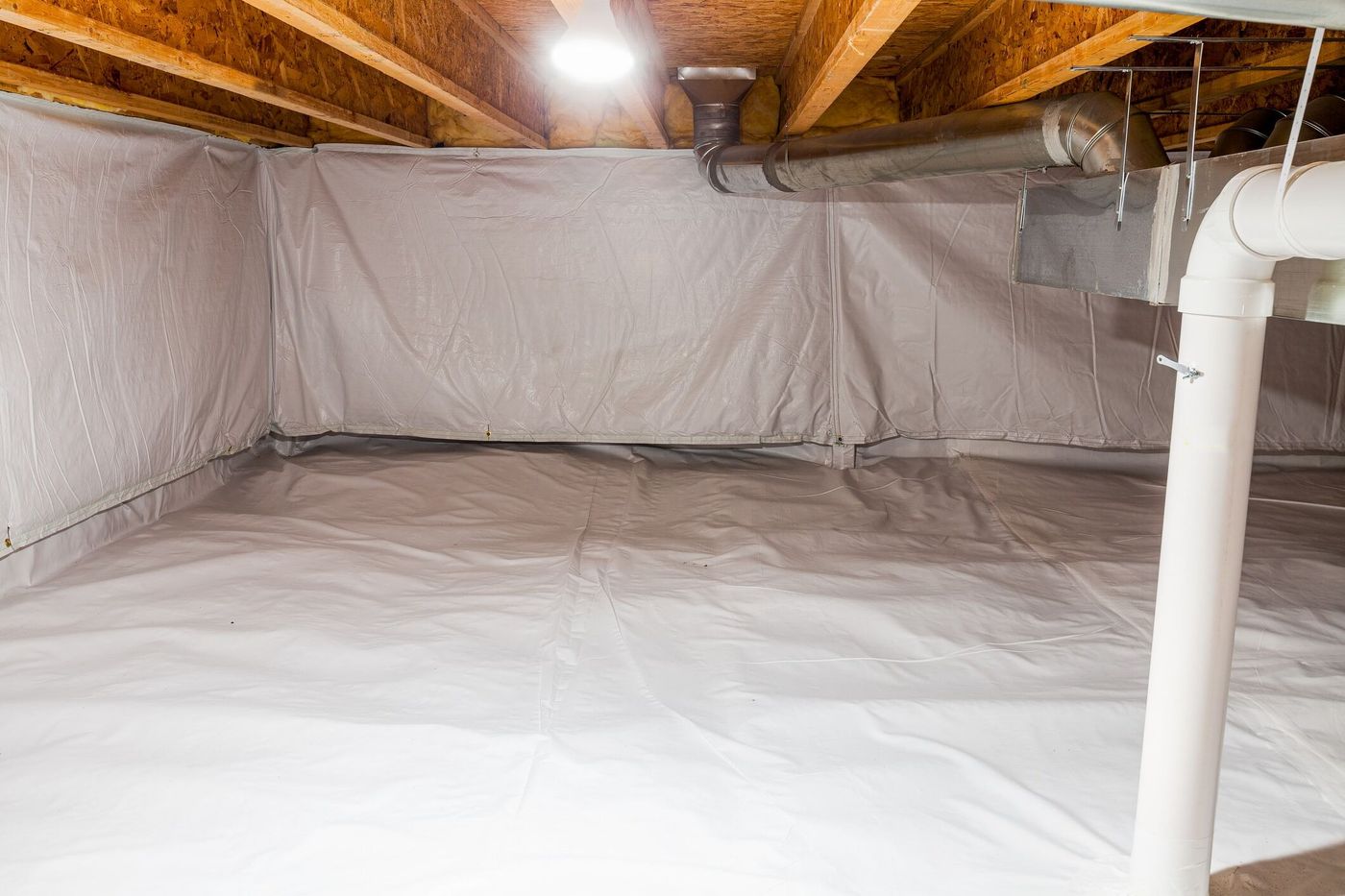
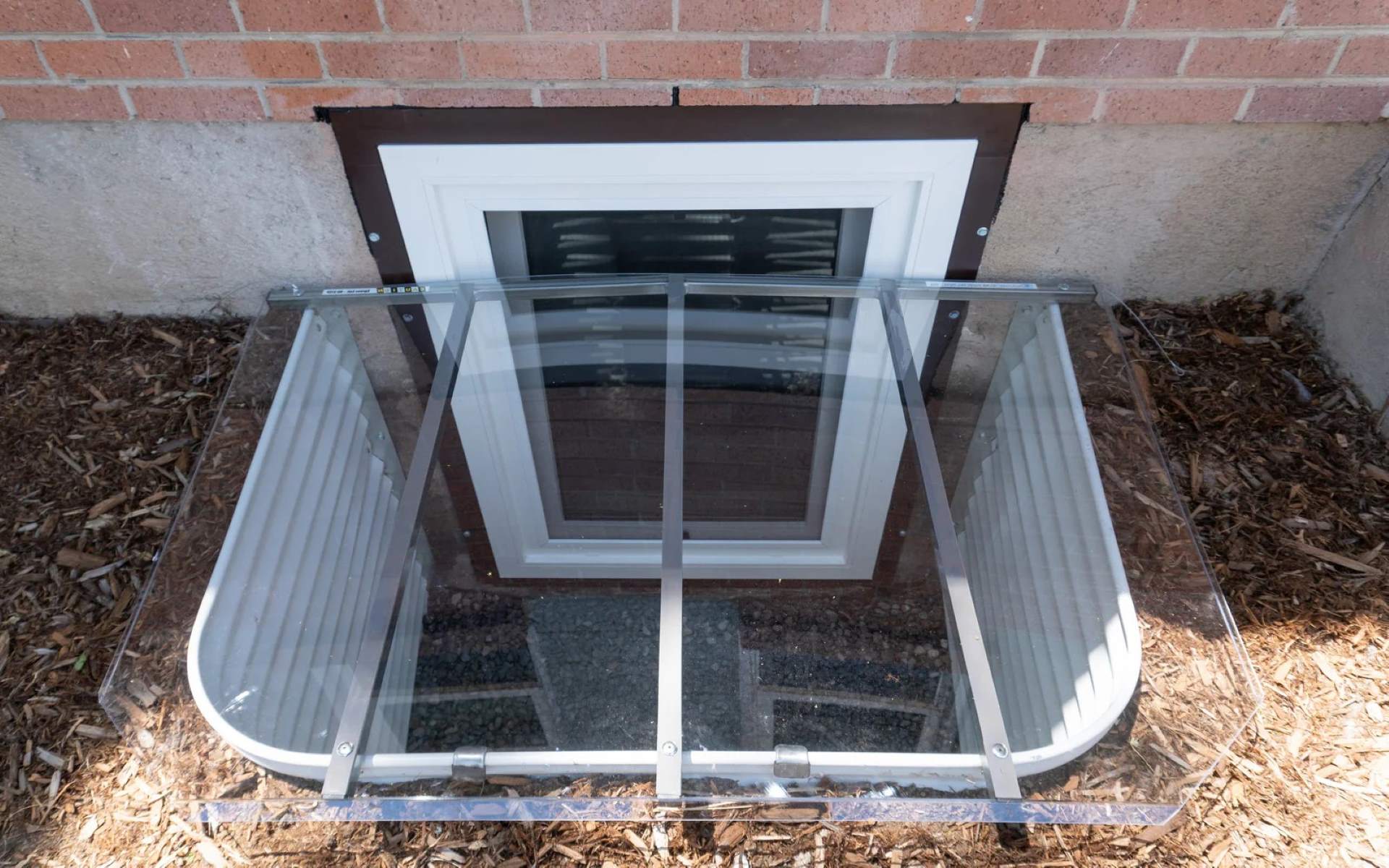
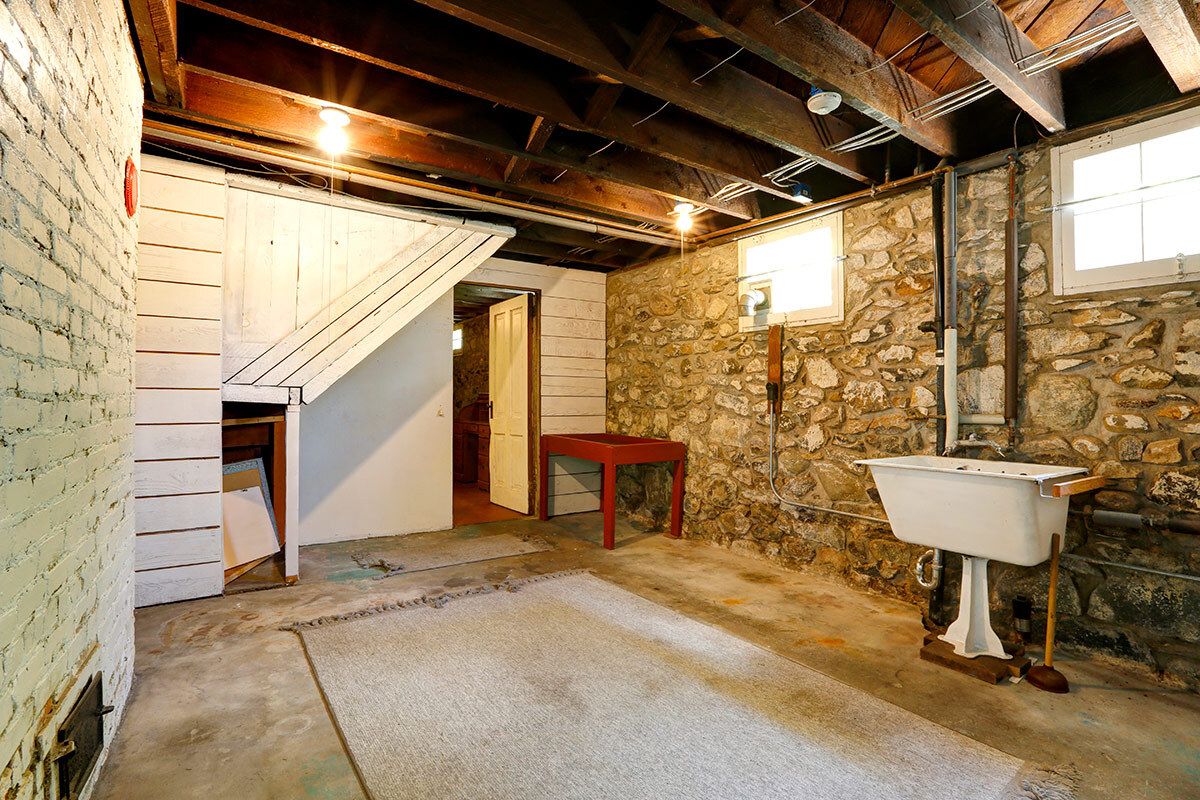
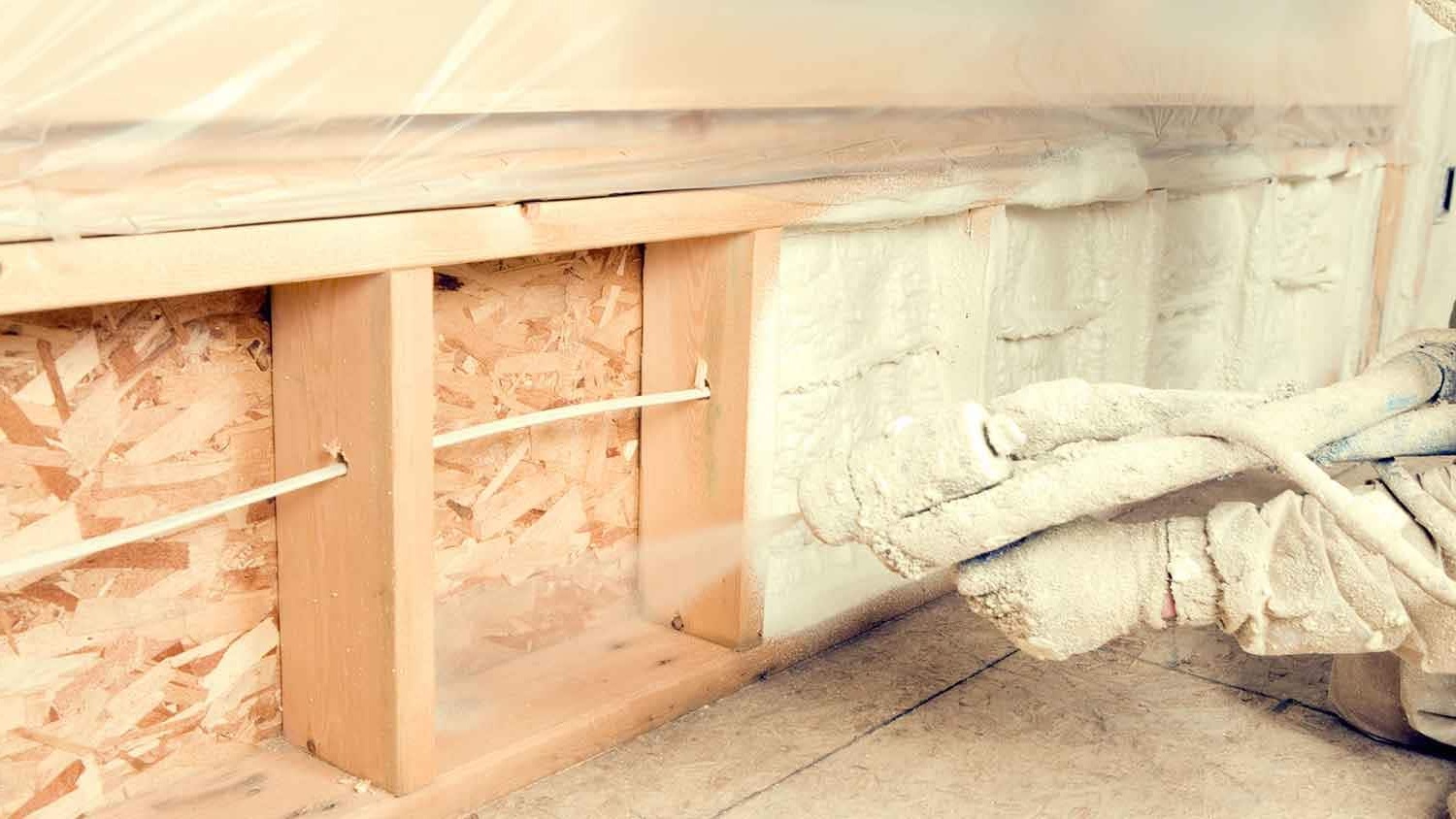
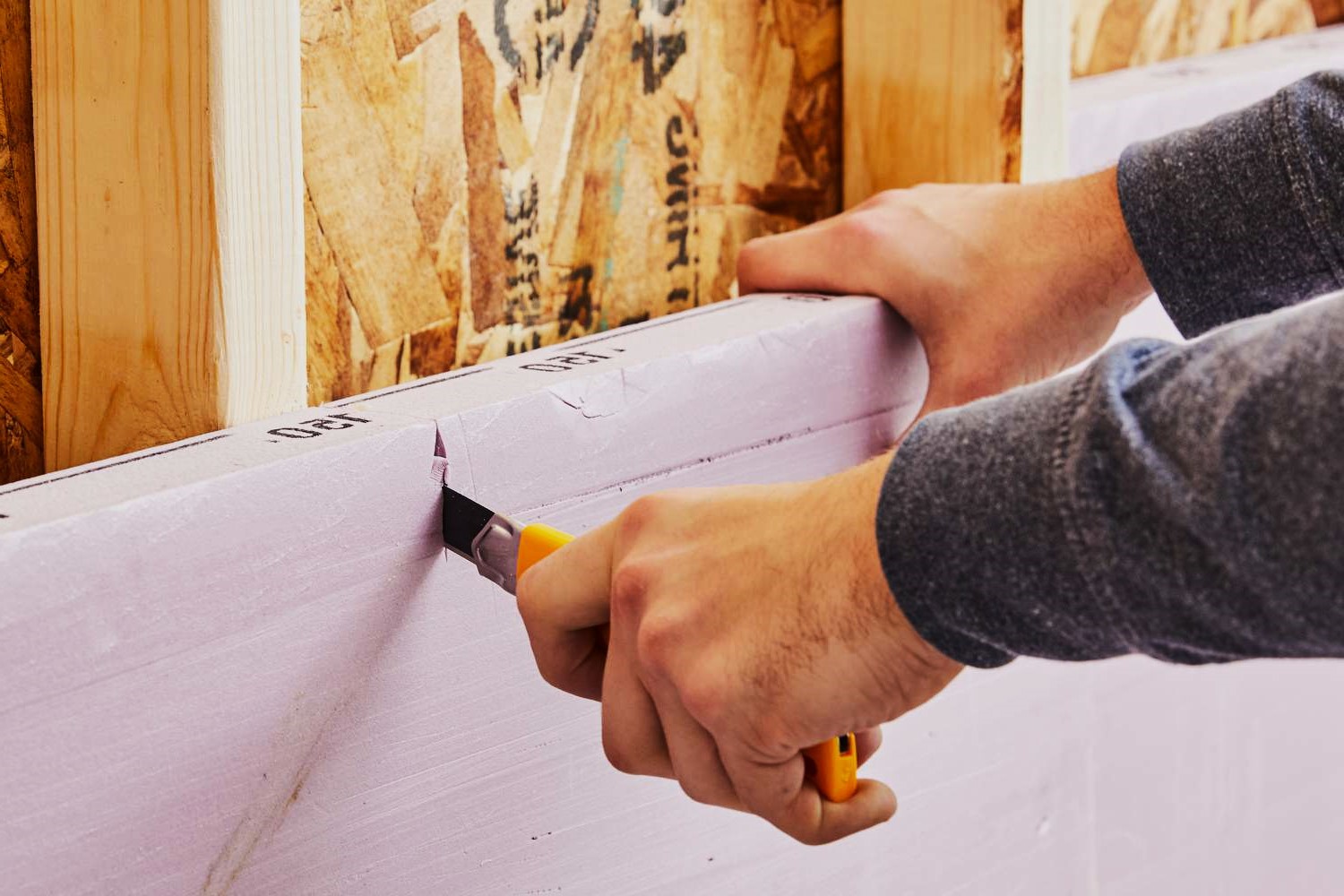
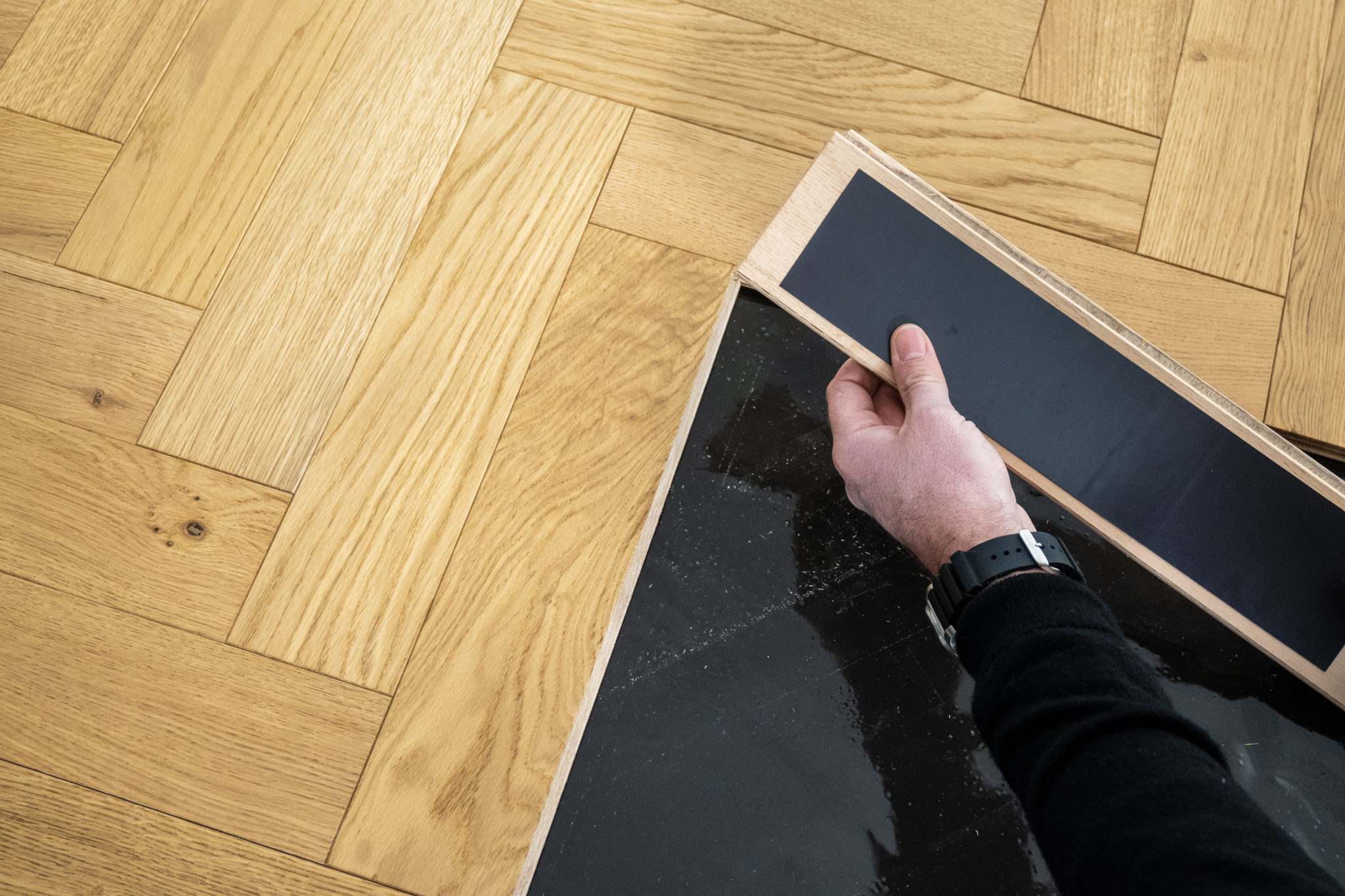

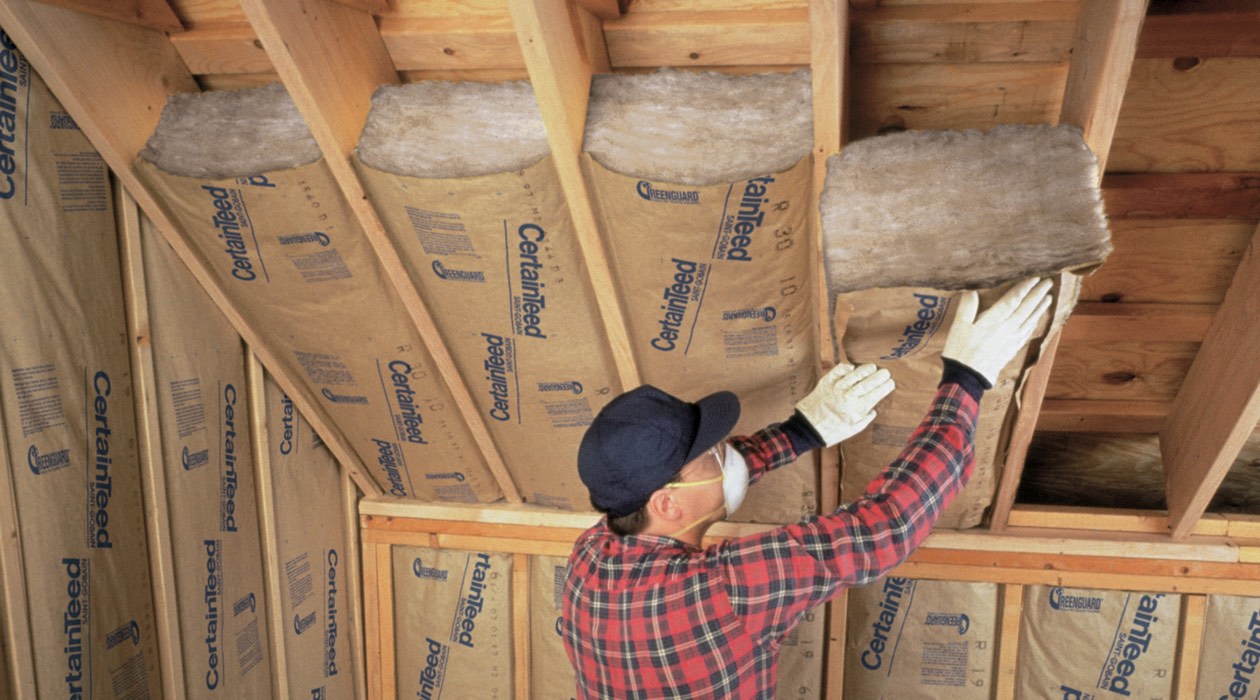
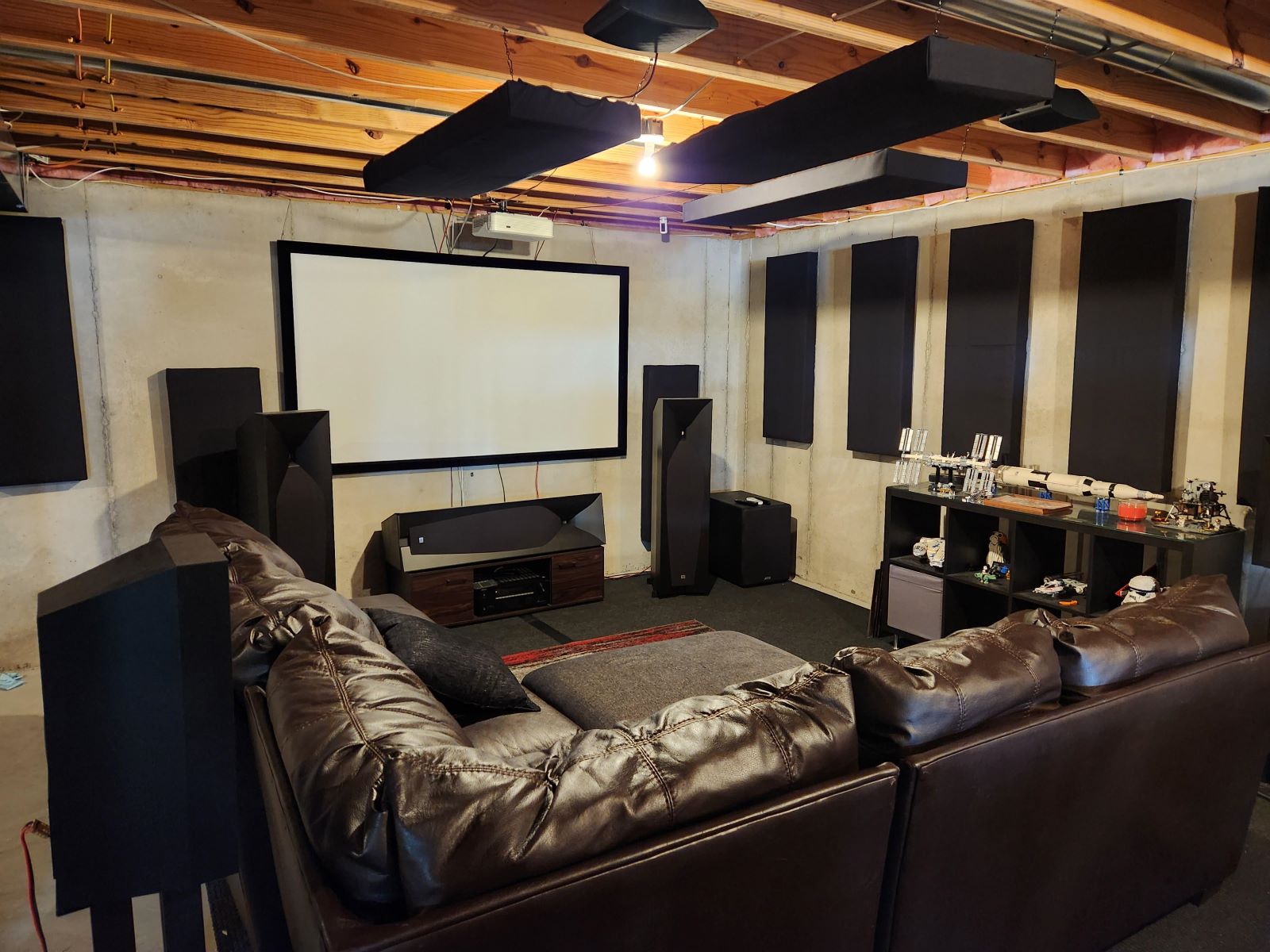
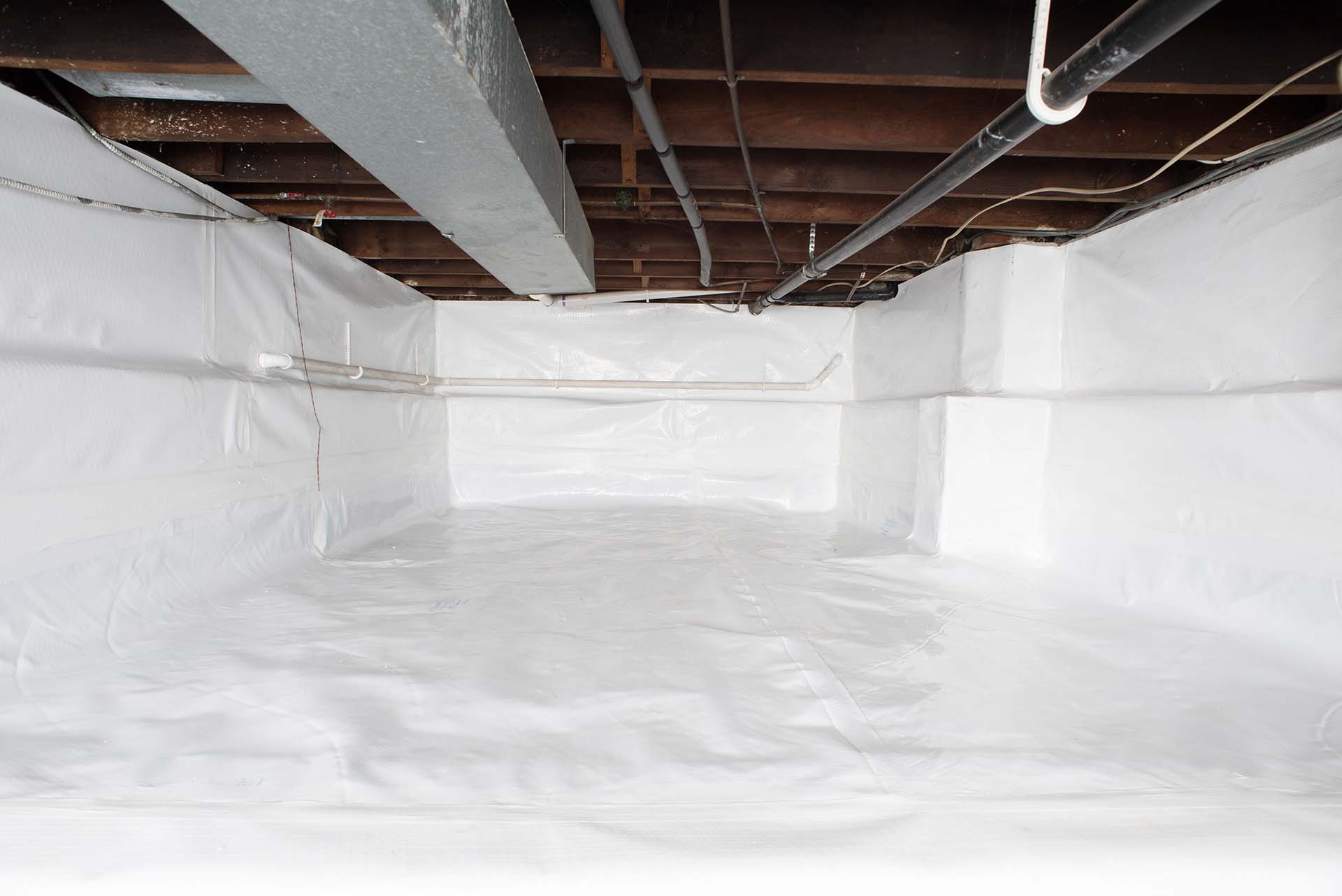
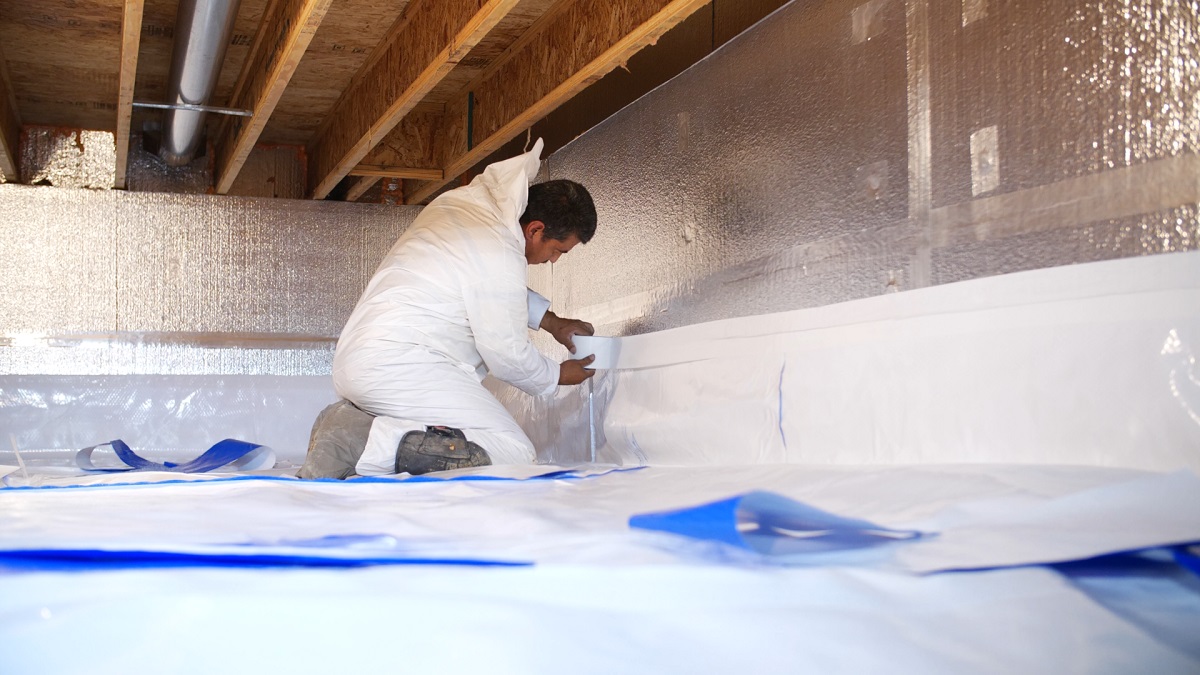
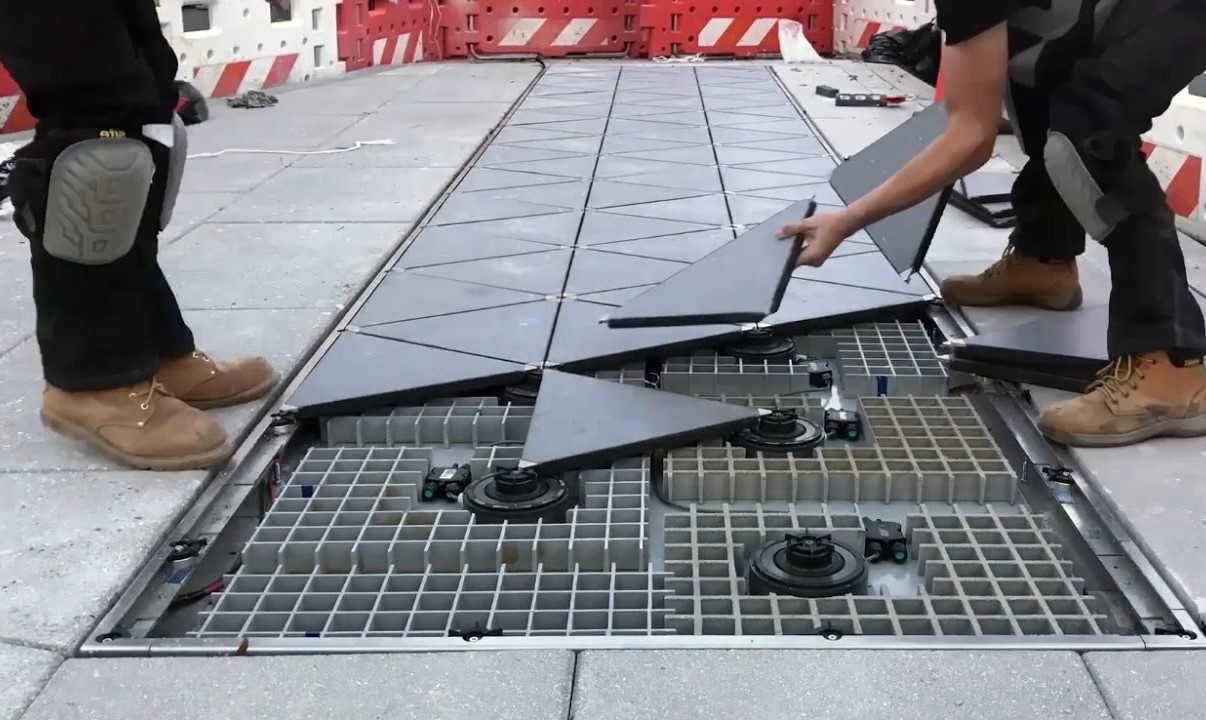
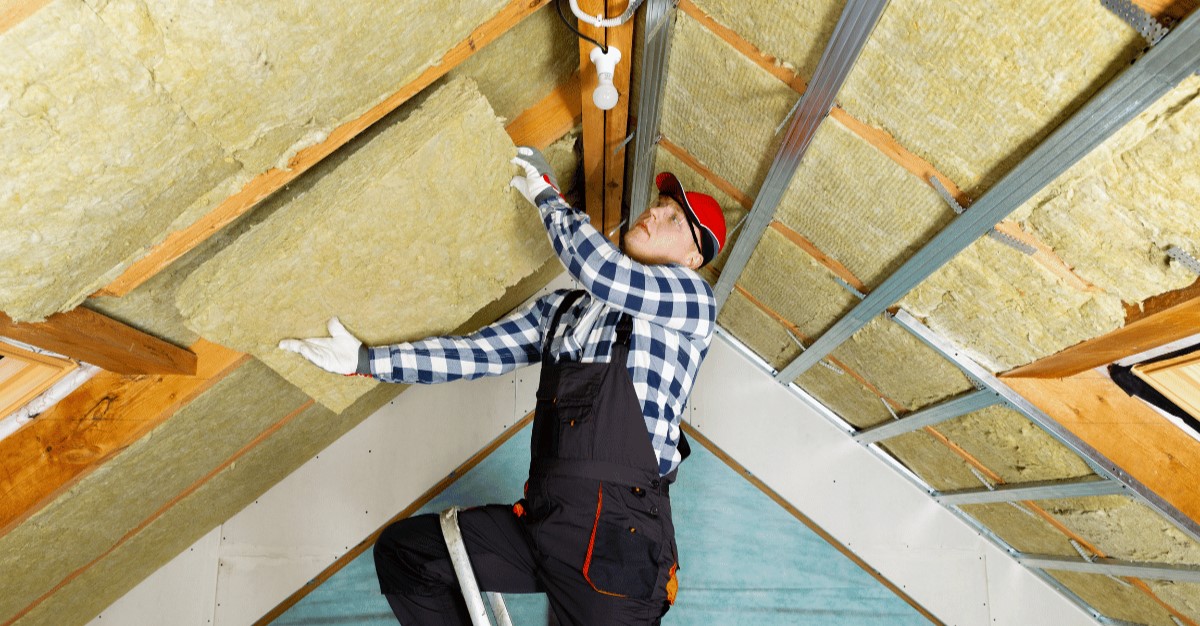

0 thoughts on “Upgrading Your Home’s Basement With DIY Vapor Barrier”